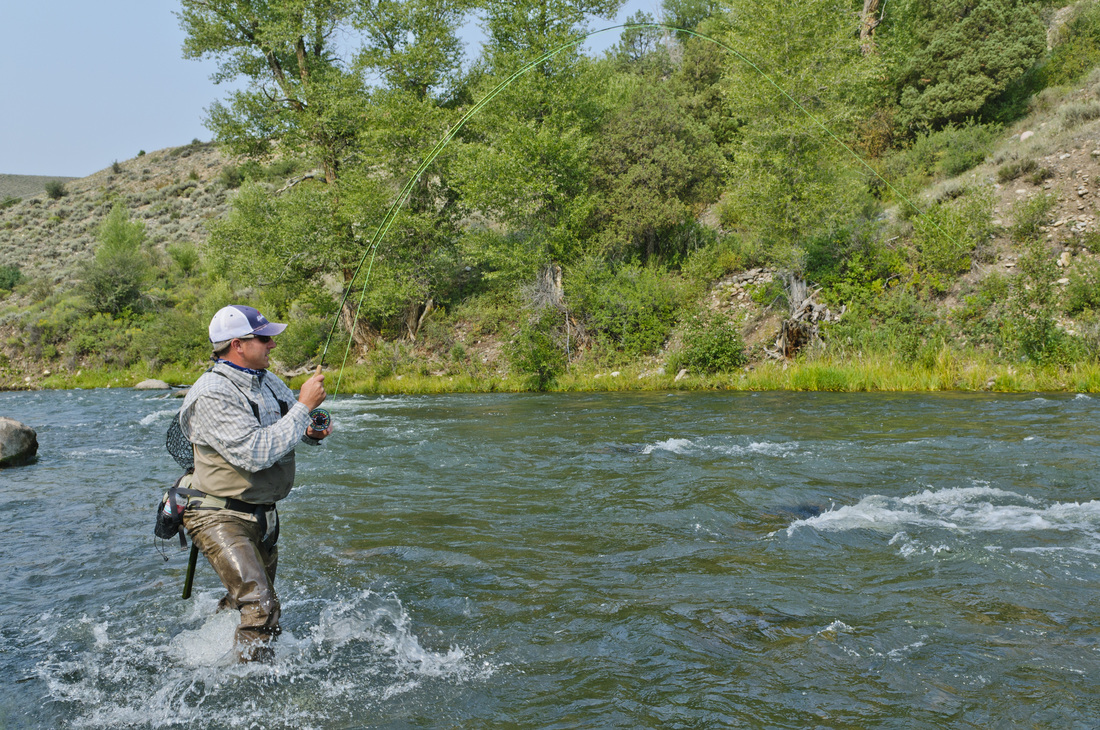The High Water Season is Upon Us

With the onset of spring run-off upon us, fly fisherman alike are starting to get nervous about Colorado’s above-average snowpack and spring run-off.The truth be told—fly fishing during the high-water season is really only as difficult as you make it! In fact, I’m excited about the higher flows and the promising fishing that lies ahead.
The high-water season can be some of the most explosive nymph fishing of the year! Savvy anglers know the importance oftargeting deep, bottom-release tailwaters and adjusting their tactics and techniques to match the prevailing conditions.Higher flows will typically dislodge larger food organisms like crane flies, scuds, aquatic worms, stoneflies, and leeches from the substrate. The previously mentioned itemsbecome victims of catastrophic drift and a hearty meal for opportunistic trout.
After a long, hard winter, trout welcome the increased feeding opportunities during the high-water season. If the reservoir fills and spills (from excessive snowpack), the water temperatures will increase dramatically from the warm surface water entering the tailrace below. This really ramps up the trout’s metabolism whereby the trout have to fill their bellies multiple times each day. This alone helps stack the odds in the angler’s favor!
Fishing larger food organisms (#14 San Juan Worms, #12-16 Scuds, #10 Leeches, #10 Stoneflies, #10 Craneflies, etc.) becomes a distinct advantage for the angler because they’ll typically land a higher percentage of their trout (in comparison to using size 20-22 imitations). Make sure to use larger tippet (3 and 4X) when fishing with these larger flies, otherwise; you’ll have a lot of break-off’s!
I would recommend using one of the aforementioned patterns as your attractor and trail a smaller midge (larvae or pupae) or mayfly nymph behind it. It’s hard to go wrong with a San Juan Worm trailed by a Mercury Flashaback RS 2! I have fooled countless trout with this tandem rig during the high-water season!
The higher flows will have a tendency to push the trout toward the edges of the stream, oftentimes stacking them up in the calm-water margins. Again, this can be a further advantage for the angler, as there are fewer places for the trout to hide. Make sure to use plenty of weight to keep your flies in the correct feeding zone. I am a huge fan of JP’s Nymphing Mud (Formerly called Mojo Mud) because it allows you to make easy and frequent adjustments.
I think you’ll be pleasantly surprised how good fishing can be during higher flow regimes. By all means, if you have any questions or concerns, drop me a line at patd@bluequillangler.com.
